Article by: Boyd
When I was a child, I remember begging my parents weekly to take me to the video arcade to play a game that now resides in the Smithsonian: Dragon’s Lair. For the young’uns out there, it was approximately 21 minutes of animation on a laser disc, stuck in a gaming cabinet, where the player moved a joystick to determine where he or she would walk or swing his or her sword at a particular moment. Essentially, an interactive movie. Years later, I was exposed to Heavy Rain, an adult-oriented crime/noir/mystery thriller that placed the player in what I feel is the director’s seat. Now the world of the aforementioned two is divided, because Asura’s Wrath has arrived. It is a spectacle to behold, because this gamer thinks it will set the bar for the future of cinema/TV/gaming interactivity, and what gamers will really do when they are in the driver’s seat of determining what characters do, how they act, and how succinct and skilled your button presses are.
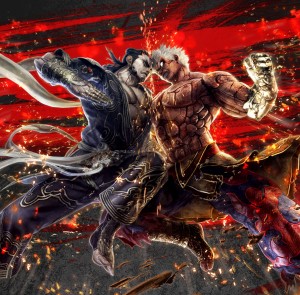 Story/Presentation: Spanning a whopping 12,000 years from when it begins, Asura’s Wrath is a metaphorical, evocative, literary masterpiece come to life on the screen. It chronicles the rise of eight mystical deities who are empowered by people’s prayers to take on a race of monsters destroying earth, the Gohma. Central to this is the demi-god of Wrath, Asura. He is the embodiment of what players feel when they are hammering away on the controller: WRATH. Betrayed by his celestial kin, Asura begins a quest of anger and vengeance that takes place in a short time in the real world, but many years in his virtual world. Without going into too much detail, all I will say is a unique, unparalleled cast of characters drive the story, a cinematic masterpiece that plays out like an episodic Japanese anime/TV show with two clashing ideologies being exhibited by various characters. Depending on how you read into the story itself, you can pick up so many themes that are expressed: religion, global responsibility, the concept of sin, family, duty, and responsibility. I have never seen anything of this depth in as long as I have been playing video games.
Story/Presentation: Spanning a whopping 12,000 years from when it begins, Asura’s Wrath is a metaphorical, evocative, literary masterpiece come to life on the screen. It chronicles the rise of eight mystical deities who are empowered by people’s prayers to take on a race of monsters destroying earth, the Gohma. Central to this is the demi-god of Wrath, Asura. He is the embodiment of what players feel when they are hammering away on the controller: WRATH. Betrayed by his celestial kin, Asura begins a quest of anger and vengeance that takes place in a short time in the real world, but many years in his virtual world. Without going into too much detail, all I will say is a unique, unparalleled cast of characters drive the story, a cinematic masterpiece that plays out like an episodic Japanese anime/TV show with two clashing ideologies being exhibited by various characters. Depending on how you read into the story itself, you can pick up so many themes that are expressed: religion, global responsibility, the concept of sin, family, duty, and responsibility. I have never seen anything of this depth in as long as I have been playing video games.
The game presentation is exquisite. It’s in your face, over the top, and has the menus, graphical power, sound, and determination to make you want to keep playing. Menus change depending where you are in the game. You can customize “bumpers” in between episodes. Every single “level” is a serialized event and you can be in charge of how it looks, yet this is not even the start.
Gameplay: Okay, let’s be frank, not George. The traditional definition of gameplay that so many are used to, which is pick up a controller, move a man or a hand holding a gun around and destroy your opposition, is non-existent in Asura’s Wrath. The gameplay is a combination of the following: God of War style quick time events, where the player must synchronize button presses or joystick movements, rail shooter segments which are ripped right from the classic shooters of bygone arcade days, and the now popular third person combat with light and heavy attacks coupled with a jump button. Variation? Absolutely. How much of it is actually there? That’s another story. A typical episode may have you actually playing any of these aspects for a total of maybe 6-10 minutes depending on how good you are at nailing synchronicity events with precision, or how good you are at taking out enemies in a combat arena. Again, let’s be honest: this is an interactive movie, so you are in charge of how well Asura does in each episode (there are a total of 18). This is by far the most interesting, unique experience I have had in a long time, and it deserves attention because it is just what it presents itself as: unique and seamless.
Graphics: Cyberconnect2, the studio in charge of production for Asura’s Wrath, has achieved what I consider nothing short of a miracle in gaming. I have never seen a more over the top, artistically well designed, graphically sound game other than Heavy Rain. And, to be fair, the latter may have set a benchmark for looks, but Asura’s Wrath raises it in terms of complete insanity. Boss sizes, enemy designs, backgrounds, space operatic levels, and the characters themselves look worthy of not only your video game console, but also a movie screen or cable box. I swore I was watching a television show every time I booted up that game.
Sound: The dialogue, haunting, epic soundtrack, and voice acting are all superb. One character’s theme in particular, which I draw the comparison to the “wild spaghetti western lone gunslinger” type theme is fitting and fantastic. The sound complements the look and is outstanding and well done because it drives the story. Working in conjunction with the graphics? Unparalleled.
Verdict: Asura’s Wrath. Movie or game? That’s for you the gamer to decide. Is it worth your gaming dollar? Absolutely, because you have never seen anything like it before. Is it a typical game, and by that I mean something a simpleton would play such as Call of Duty, Battlefield, Madden, or Dance, Dance? Not at all. But, if you are not willing to try something new, how will you ever know how truly exquisite it is?
Three difficulty levels to up the replay value, additional “gauges” you can use to customize Asura and buff out some of his attributes, art unlockables and such are what you get for the price of admission. I didn’t pay for this stuff though. I paid for the story that the game tells, and tells very well, complete with twists and interesting characters. I hearken back to Dragon’s Lair and the attempt the 80’s made to make an interactive movie in the video arcade. I am happy to say Cyberconnect2 and Capcom have succeeded in 2012. You do a disservice to yourself if you miss out on Asura’s Wrath. So don’t.
[xrr rating=9/10]
Positives:
+ epic story
+over the top graphics and characters
+ hard to tell if it’s a game or movie
+ unique, episodic nature
Negatives:
– not exactly for the casual gamer
– limited “gameplay” by most standard “gameplay” definitions


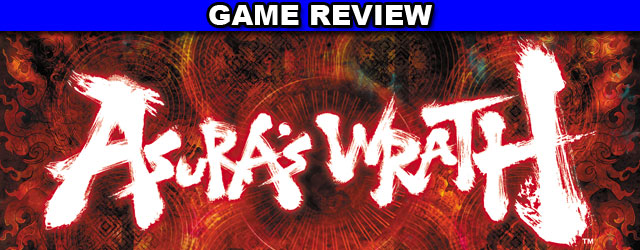
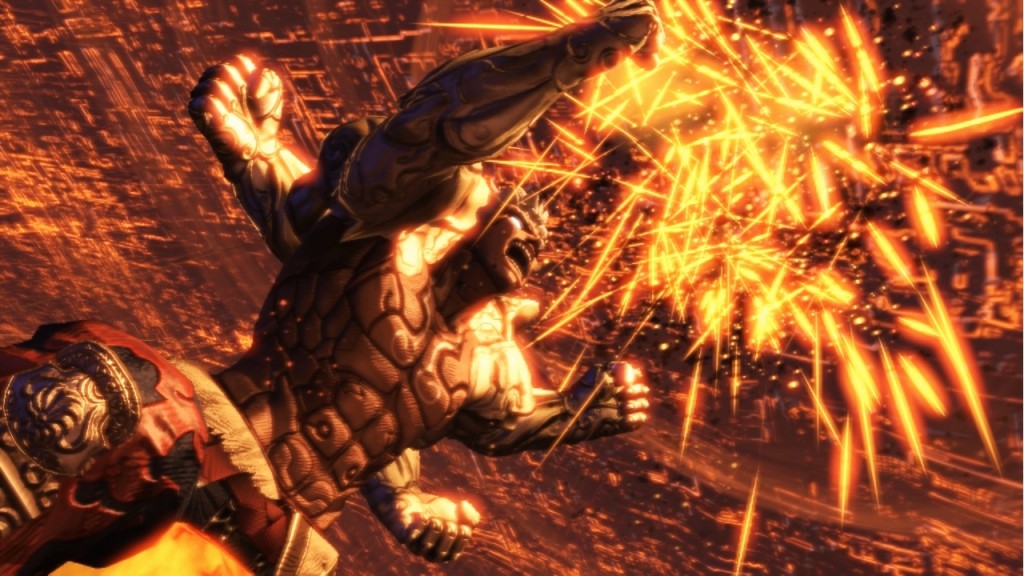





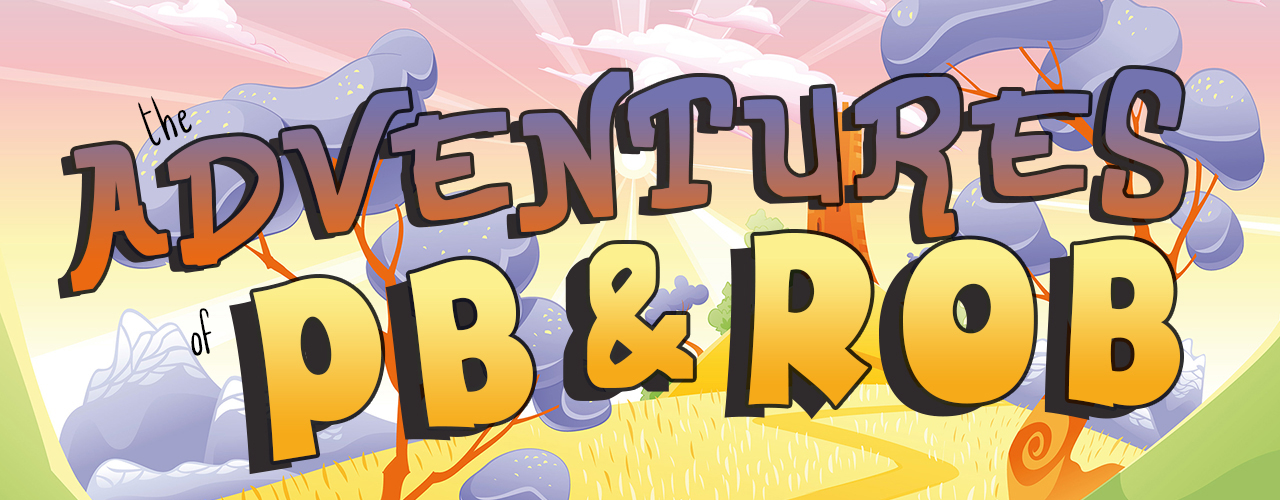








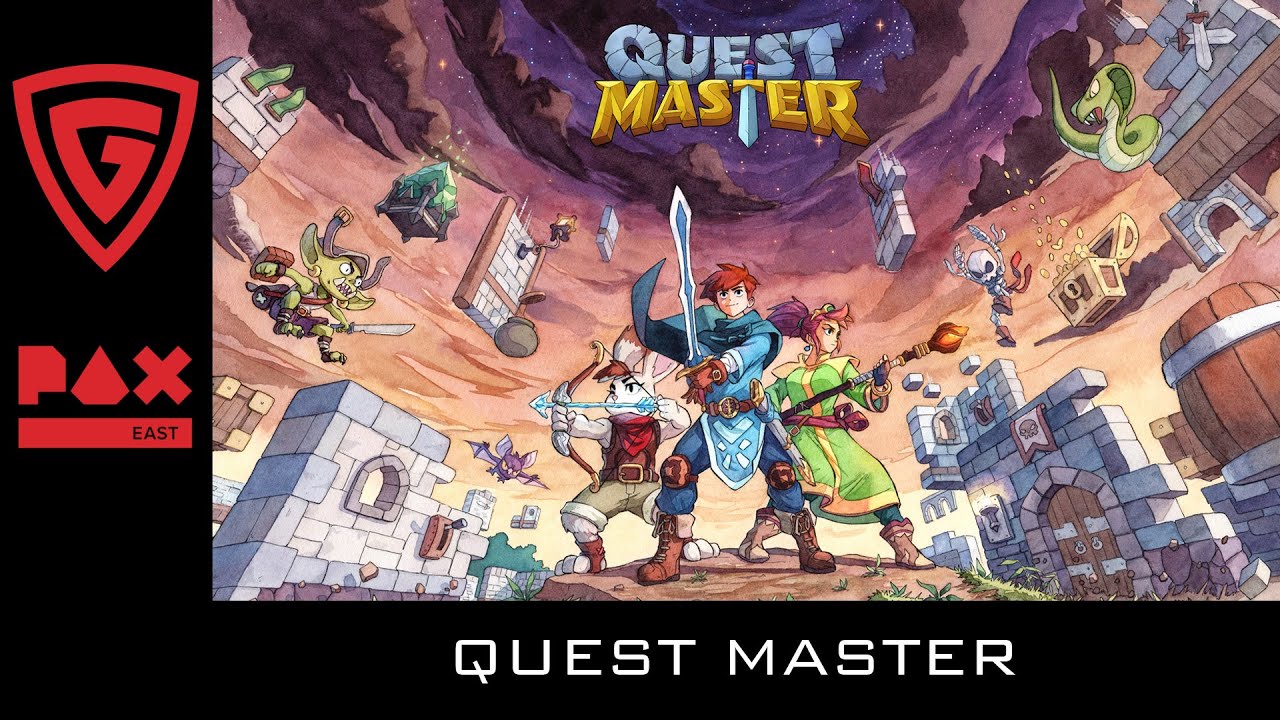
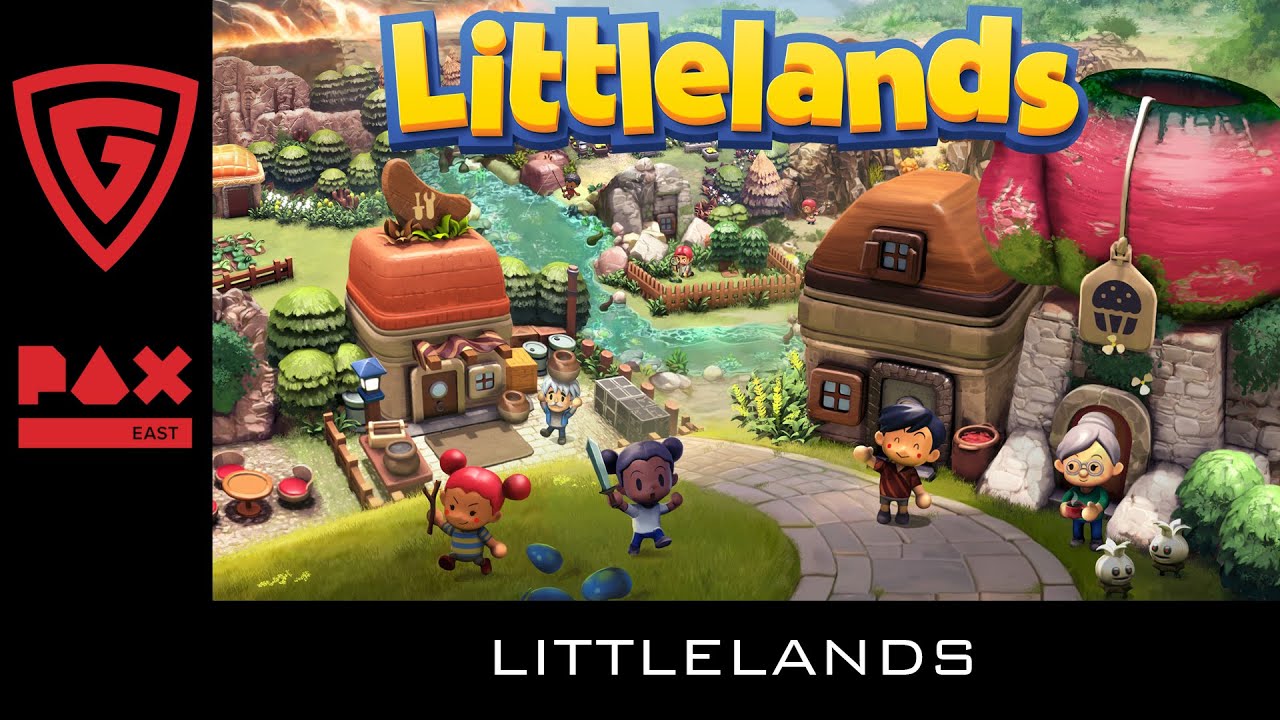

Add comment